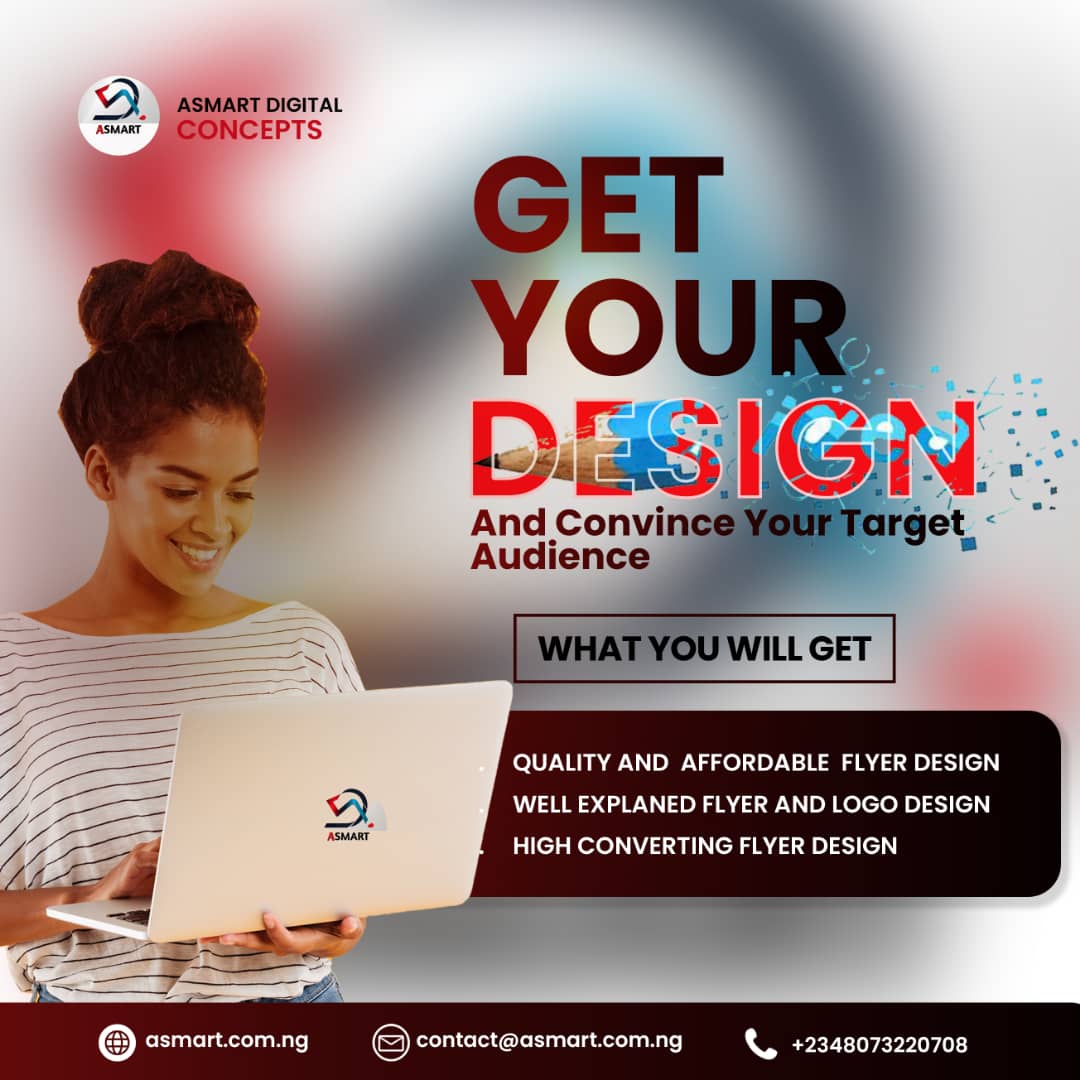How to Design a High-Converting Sales Funnel: Step-by-Step Guide
In today’s competitive digital marketplace, having an optimized sales funnel is essential to drive conversions and maximize your revenue. Whether you’re a business owner, marketer, or entrepreneur, understanding how to design a high-converting sales funnel can make a significant impact on your bottom line. In this guide, we’ll walk you through the step-by-step process to create a sales funnel that captivates, engages, and converts prospects into loyal customers.
What is a Sales Funnel?
A sales funnel is the journey a customer takes from initial awareness of your product to making a purchase. This journey typically has four stages:
- Awareness: Where prospects learn about your brand or product.
- Interest: Where they engage with your content and show interest.
- Decision: Where they consider purchasing.
- Action: Where they make the purchase.
The goal is to optimize each stage to ensure a smooth transition from one to the next, ultimately leading to a conversion.
Step 1: Identify Your Target Audience
Your funnel will only be effective if it’s tailored to your ideal audience. Start by defining who your audience is, what they need, and how your product or service can solve their pain points. Use tools like Google Analytics, customer surveys, and social media insights to gather data and create detailed buyer personas.
Pro Tip: Look for patterns in demographics, interests, and online behavior. Knowing these details allows you to create a more targeted, relevant funnel.
Step 2: Build a Compelling Lead Magnet
To attract prospects to your funnel, you need a lead magnet—something valuable that draws in your target audience. Common lead magnets include:
Ebooks
Free webinars
Templates
Free trials or demos
Exclusive discount codes
Your lead magnet should directly address a pain point and provide immediate value. Ensure it’s highly relevant to the product or service you’ll eventually pitch to them.
Step 3: Craft an Optimized Landing Page
Your landing page is where visitors first interact with your offer, and it’s crucial for converting visitors into leads. Key elements of a high-converting landing page include:
Headline: Clear, compelling, and benefit-driven.
Visuals: Engaging images or videos that complement your offer.
Bullet Points: Concise points that highlight benefits.
Call-to-Action (CTA): Strong, clear CTA that guides users to the next step.
SEO Tip: Use relevant keywords in the landing page headline, meta description, and body content. This improves visibility on search engines, attracting organic traffic.
Step 4: Develop a Nurturing Email Sequence
Not all leads will convert immediately, which is why a well-planned email sequence is essential. Your emails should provide value, build trust, and keep your audience engaged until they’re ready to purchase. A typical email sequence might include:
- Welcome Email: Introduce your brand and offer a quick win (e.g., a tip or freebie).
- Content Emails: Send value-driven content like blog posts, case studies, or testimonials.
- Offer Emails: Present the benefits of your product, include limited-time offers, or discount codes.
Pro Tip: Automate your email sequence using email marketing software. This allows you to consistently engage your leads without added manual effort.
Step 5: Use Retargeting Ads
Retargeting ads can re-engage people who’ve visited your landing page but didn’t convert. By showing them tailored ads on social media or Google, you remind them of your offer and encourage them to return to your funnel.
SEO Tip: Include relevant keywords in your ad copy and landing pages for improved visibility in paid search.
Step 6: Optimize the Checkout Process
The checkout page is the final stage of your funnel, and it should be as frictionless as possible. Here’s how to optimize it:
Clear CTA: Make the purchase button visible and clear.
Simple Forms: Only ask for essential information.
Trust Signals: Include testimonials, security badges, and guarantees.
Minimizing obstacles during checkout helps prevent cart abandonment, increasing the likelihood of conversions.
Step 7: Analyze and Optimize Your Funnel
No funnel is perfect on the first attempt. Regularly analyze each stage of your funnel to identify areas for improvement. Tools like Google Analytics, heatmaps, and A/B testing are essential for this. Track metrics like:
Click-through rates (CTR) on your landing page and emails
Conversion rates at each funnel stage
Cart abandonment rate
Pro Tip: Even small changes, like altering a CTA button color or headline, can lead to significant improvements in conversion rates.
Key Takeaways for a High-Converting Sales Funnel
Understand Your Audience: Tailor your funnel to the specific needs and desires of your ideal customer.
Create a Strong Lead Magnet: Attract prospects with something valuable and relevant.
Optimize Each Stage: Ensure smooth, compelling transitions from one stage to the next.
Use Retargeting and Analytics: Maximize conversions by engaging lost leads and continuously refining your funnel.
Creating a high-converting sales funnel takes time, testing, and strategic thinking. By following these steps, you’ll be well on your way to building a funnel that attracts the right audience and drives measurable results.
Ready to build a powerful sales funnel? Sign up for our course, “How to Design a High-Converting Sales Funnel,” to gain in-depth knowledge and expert insights to build your own successful funnel from scratch!

